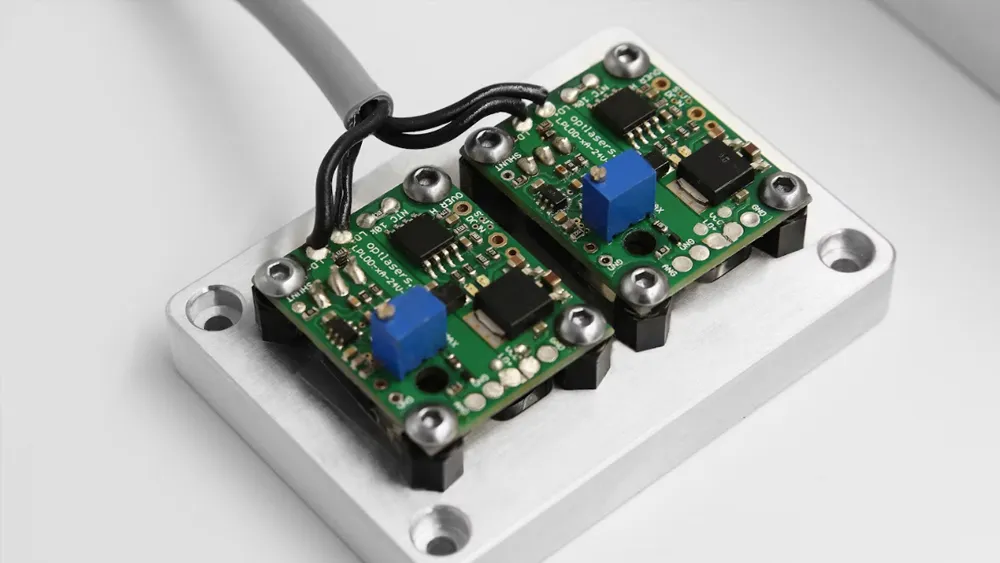
Jewelry Laboratory Testing for Amazon
North American Market (USA/Canada)
1. Chemical Compliance testing
- CPSC Certification: The U.S. Consumer Product Safety Commission requires jewelry (especially children’s products) to comply with heavy metal limits (Lead ≤ 0.05%, Cadmium ≤ 0.01%).
- cpsia testing: Includes phthalates (≤ 0.1%), total lead content testing, etc.
- ASTM Standards:
- astm f2923-20: Children’s jewelry must pass small parts testing, tensile strength testing (neck jewelry must break under 15 pounds of force), and cadmium migration testing (exempt if cadmium ≤ 75 ppm).
- astm f2999-19: Requirements for durability and material safety of adULt jewelry.
- California Proposition 65: Requires warning labels for chemical exposure (e.g., lead, phthalates).

2. Physical Safety Testing
- Small Parts Test: For jewelry intended for children under 3 years old, preventing choking hazards (per 16 CFR 1501).
- Magnet & Battery Safety: Magnets must be securely fixed, batteries must be child-resistant.
3. Labeling Requirements
- Tracking Labels: Must include manufacturer, production date, and batch information (CPSC requirement).
- Bilingual Labels: English and Spanish, indicating material, country of origin, etc.
European Union Market
1. Chemical Compliance Testing
- SVHC Substances: 224 substances of very high concern must be ≤ 0.1%.
- Heavy Metals: Total Cadmium (≤ 0.01%), Nickel release (≤ 0.2 μg/cm²/week), Lead (≤ 0.05%).
- Phthalates: 8 restricted types in plastic parts ≤ 0.1%.
- Other Substances: Azo dyes (AZO), polycyclic aromatic hydrocarbons (PAHs), hexavalent chromium, etc., must comply with EN standards.
2. Physical Safety & Labeling
- EN 1811: Standard for nickel release testing in metallic materials.
- Labeling Language: Must be in the official language of the sales country (e.g., German, French), covering material, warnings, etc.
Middle East Market
1. Local Certification & Testing
- gcc certification: Electronic jewelry requires EMC and safety testing; non-electronic jewelry may require ESMA compliance.
- GCTS Marking: Children’s jewelry must pass third-party certification (e.g., JJR) and carry a G-mark with NB number.
- COC Certification: Examples include Saudi SASO-COC and Kuwait TIR; requires test reports and pre-shipment inspection.
2. Chemical & Physical Testing
- Heavy Metals: Similar restrictions as USA/EU on lead, cadmium, etc.
- Precious Metal Purity: Gold and silver jewelry must indicate purity (e.g., UAE DMCC certification).
3. Labeling & Documentation
- Arabic Labels: Must include material, country of origin, and warnings.
- Test Reports: Issued by accredited labs (e.g., JJR).
General Recommendations
1. Children’s Products Extra Requirements: All regions impose stricter rules for children’s jewelry (≤ 12 years old). For example:
- North America: CPC certificate required.
- EU: Additional allergy testing required.
- Middle East: GCTS marking required.
2. Laboratory Selection: Prefer institutions with CMA/CNAS accreditation (e.g., JJR Laboratory).
3. Process Optimization: Confirm regulatory updates in advance (e.g., REACH SVHC list updated annually) and allow at least 2 weeks for testing.
Email:hello@jjrlab.com
Write your message here and send it to us
 What is EU UFI Registration?
What is EU UFI Registration?
 EU UFI Registration for E-cigarette E-liquid
EU UFI Registration for E-cigarette E-liquid
 How to get the MSDS Report for Electronic Cigarett
How to get the MSDS Report for Electronic Cigarett
 Prop 65 Warning on Appliances
Prop 65 Warning on Appliances
 Apparel Heavy Metal Testing
Apparel Heavy Metal Testing
 Can You Conduct Lab Tests to UL Standards
Can You Conduct Lab Tests to UL Standards
 What Products Are Affected by Prop 65?
What Products Are Affected by Prop 65?
 CPSIA Compliance for Children's Products
CPSIA Compliance for Children's Products
Leave us a message
24-hour online customer service at any time to respond, so that you worry!




